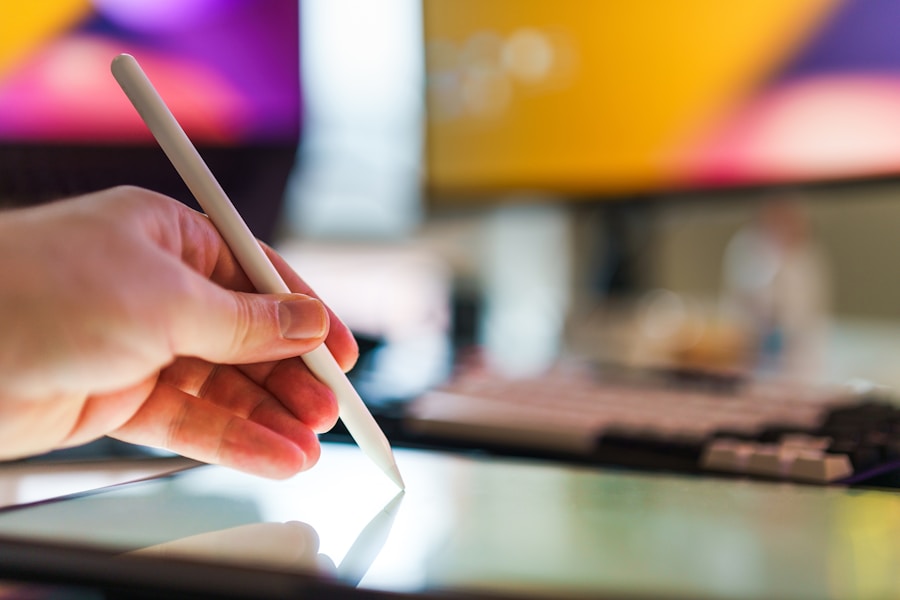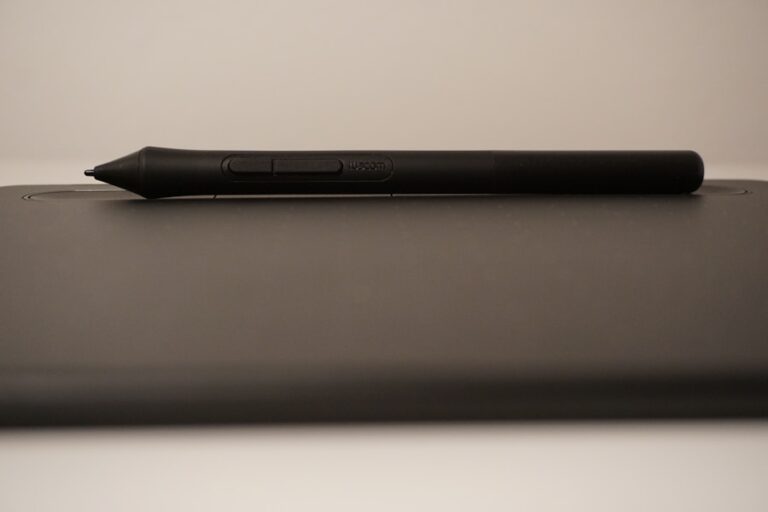Digital Art 101: A Beginner’s Guide to Creating Stunning Visuals
Digital art is a form of artistic expression that utilizes digital technology as a medium. It encompasses a wide range of creative works, including digital painting, drawing, 3D modeling, animation, and more. Unlike traditional art forms, digital art allows artists to create and manipulate images and designs using computer software and hardware. This opens up a world of possibilities for artists, as they can experiment with different styles, techniques, and tools to bring their visions to life.
Digital art has become increasingly popular in recent years, thanks to advancements in technology and the accessibility of digital tools and software. Artists are no longer limited by physical materials or traditional methods, as they can now create and edit their work digitally. This has led to a surge in creativity and innovation within the art world, as artists are able to push the boundaries of what is possible with digital art. Whether you’re a seasoned artist looking to explore new mediums or a beginner looking to dip your toes into the world of digital art, there’s never been a better time to get started.
Choosing the Right Tools and Software
When it comes to creating digital art, having the right tools and software is essential. There are a wide variety of digital art programs available, each with its own unique features and capabilities. Some popular options include Adobe Photoshop, Corel Painter, Procreate, and Clip Studio Paint. These programs offer a range of tools for digital painting, drawing, and editing, allowing artists to create stunning works of art with ease.
In addition to software, artists also need the right hardware to bring their digital art to life. This includes a computer or tablet with a high-quality display, a stylus or drawing tablet for precise input, and a graphics card for smooth rendering and performance. Investing in the right tools and software is crucial for creating professional-quality digital art, so it’s important to do your research and find the best options for your specific needs and budget.
Exploring Different Styles and Techniques
One of the most exciting aspects of digital art is the ability to explore different styles and techniques. Whether you’re interested in creating realistic portraits, abstract designs, or fantastical landscapes, digital art offers endless possibilities for artistic expression. With the right tools and software at your disposal, you can experiment with various brushes, textures, and effects to achieve the look and feel you desire for your artwork.
In addition to traditional painting and drawing techniques, digital art also allows for unique approaches such as photo manipulation, collage, and mixed media. These techniques can be used to create visually stunning compositions that blend elements of photography, illustration, and graphic design. By exploring different styles and techniques, artists can develop their own signature aesthetic and find new ways to push the boundaries of digital art.
Learning the Basics of Composition and Color Theory
Composition and color theory are fundamental aspects of art that apply to both traditional and digital mediums. Understanding these principles is essential for creating visually appealing and impactful artwork. Composition refers to the arrangement of elements within a piece of art, including the placement of objects, the use of negative space, and the overall balance and harmony of the composition. Color theory, on the other hand, explores the relationships between colors and how they can be used to evoke emotion, create depth, and establish a cohesive visual narrative.
In digital art, artists have access to a wide range of tools for manipulating composition and color. This includes features such as layers, blending modes, and color adjustment tools that allow for precise control over the visual elements of a piece. By learning the basics of composition and color theory, artists can create more dynamic and engaging artwork that resonates with viewers on a deeper level.
Mastering Digital Painting and Drawing
Digital painting and drawing are at the core of many forms of digital art. Whether you’re using a stylus and drawing tablet or a touchscreen device with a digital pen, mastering these techniques is essential for creating expressive and detailed artwork. Digital painting allows artists to simulate traditional painting techniques such as blending, layering, and texture application, while digital drawing offers precision and control for creating intricate line work and detailed illustrations.
To master digital painting and drawing, artists should practice using different brushes, experimenting with various brush settings, and studying the techniques of other artists. It’s also important to develop an understanding of light and shadow, perspective, and form in order to create convincing and realistic artwork. With dedication and practice, artists can hone their skills in digital painting and drawing to create stunning works of art that rival traditional mediums.
Incorporating 3D Modeling and Animation
In addition to 2D artwork, digital art also encompasses 3D modeling and animation. 3D modeling allows artists to create three-dimensional objects and environments using specialized software such as Blender, Maya, or ZBrush. This opens up new possibilities for creating immersive worlds, characters, and objects that can be used in video games, films, virtual reality experiences, and more. Animation takes this a step further by bringing these 3D models to life through movement and storytelling.
Learning 3D modeling and animation requires a different set of skills compared to 2D artwork. Artists must understand concepts such as topology, rigging, keyframing, and rendering in order to create compelling 3D models and animations. While it may seem daunting at first, mastering these techniques can lead to exciting opportunities in industries such as entertainment, advertising, and game development.
Sharing and Showcasing Your Digital Art
Once you’ve created your digital artwork, it’s important to share it with the world. There are many ways to showcase your work online, including social media platforms such as Instagram, Twitter, and Facebook. These platforms allow you to connect with other artists, gain exposure for your work, and build a following of fans who appreciate your artistic vision.
In addition to social media, there are also online galleries and portfolio websites where you can display your artwork in a professional manner. Websites such as ArtStation, DeviantArt, Behance, and Dribbble provide artists with a platform to showcase their work to a global audience of art enthusiasts, collectors, and potential clients. By sharing and showcasing your digital art online, you can gain valuable feedback from other artists, connect with potential collaborators or clients, and even sell your work through print-on-demand services or online marketplaces.
In conclusion, digital art offers endless possibilities for creative expression through a variety of mediums such as painting, drawing, 3D modeling, animation, and more. By understanding the basics of composition and color theory, mastering digital painting and drawing techniques, exploring different styles and techniques, choosing the right tools and software for your needs, incorporating 3D modeling and animation into your repertoire, and sharing your work with the world through online platforms; you can take your digital art to new heights. Whether you’re an experienced artist looking to expand your skill set or a beginner eager to explore the world of digital art; there’s never been a better time to dive into this exciting medium. With dedication, practice, and a passion for creativity; the possibilities are endless in the world of digital art.







